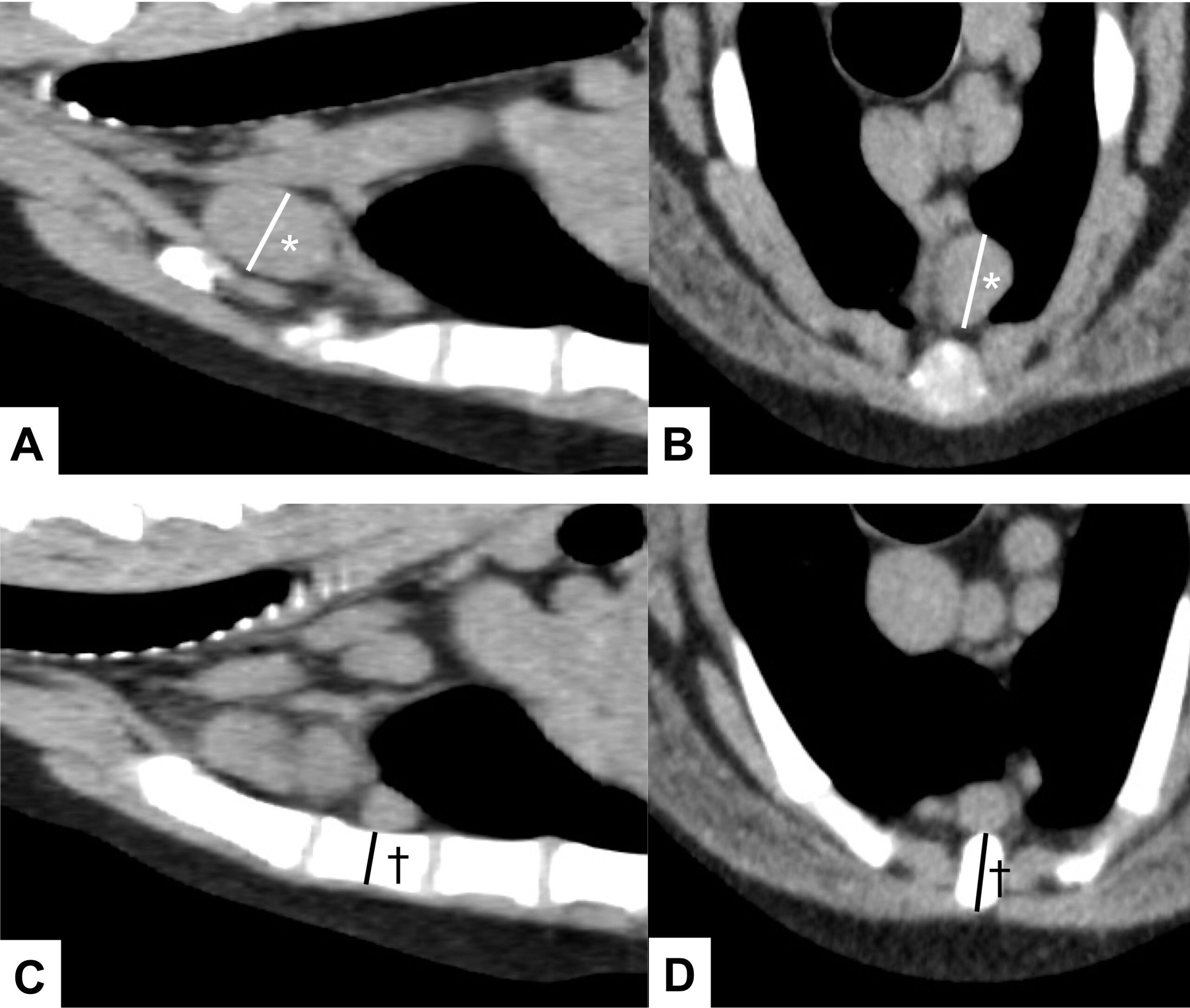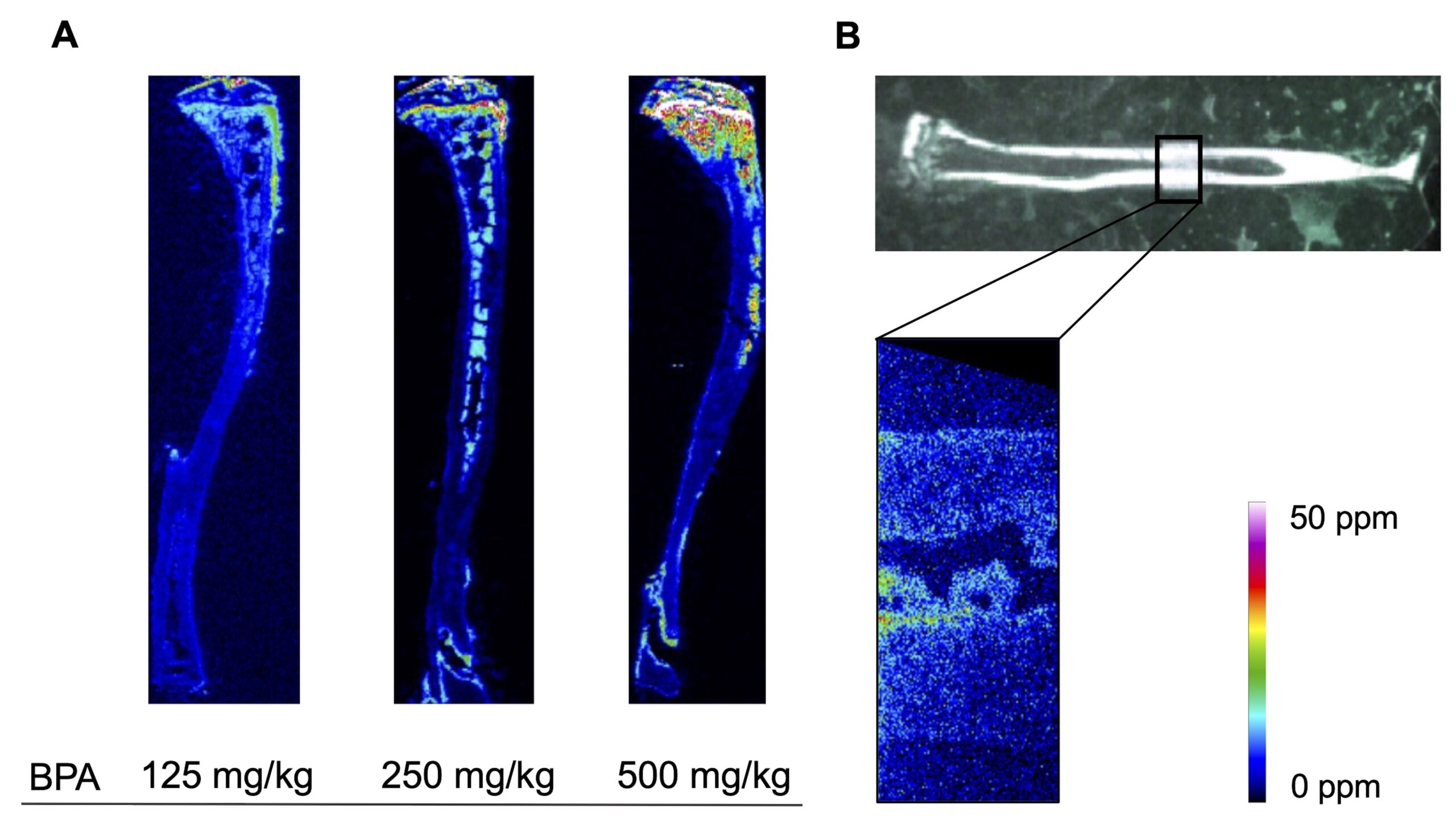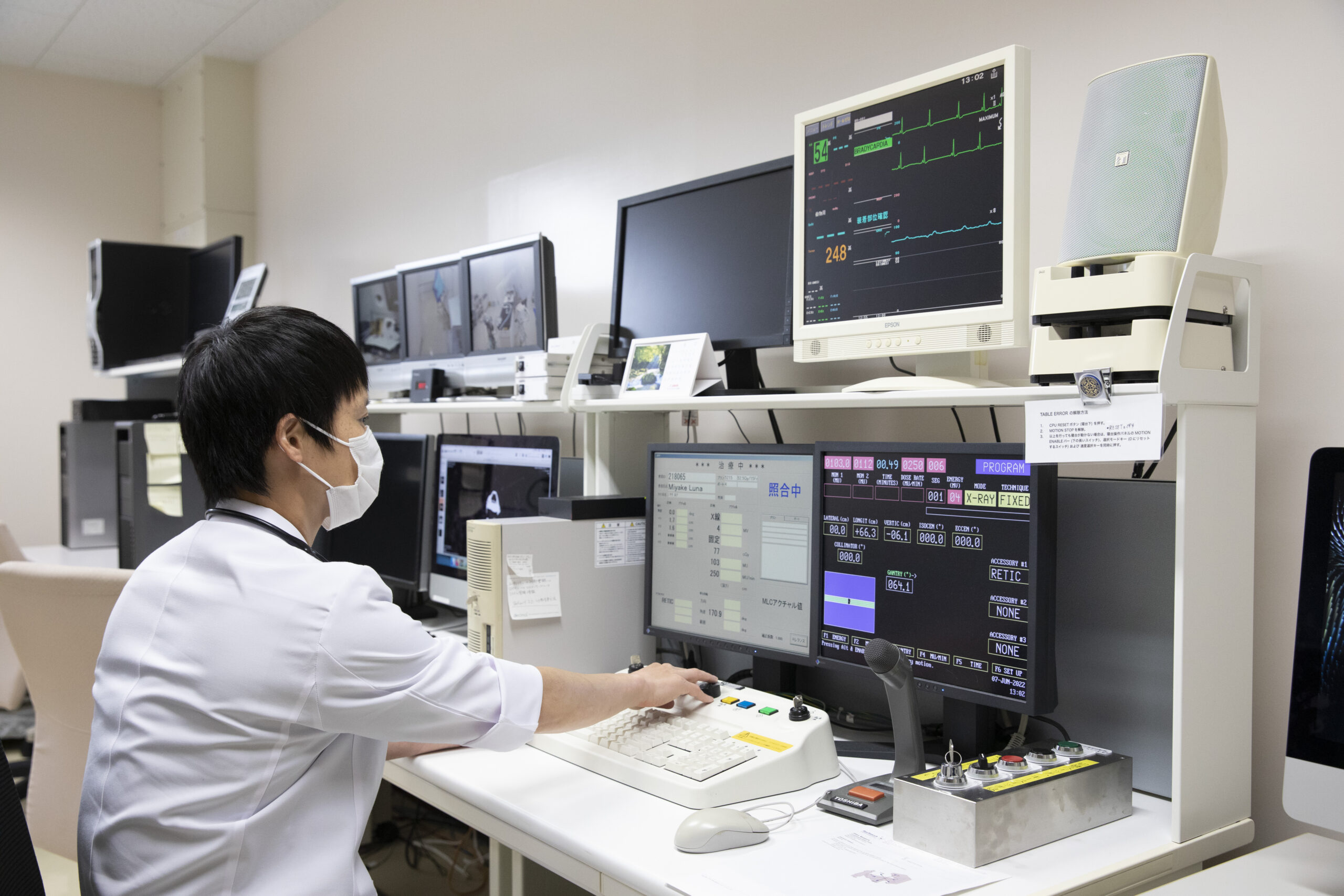IWASAKI Ryota Associate Professor
My DreamAchieving BNCT for veterinary medicine
ThemeChallenge to improve prognosis based on prevention and treatment of cancer metastasis in veterinary medicine
Field
Keyword
Instructable research topic for doctoral thesis
- 犬の骨肉腫、血管肉腫および悪性黒色腫などの難治性がんに対するBNCTの効果解明
- マウス正常骨および正常筋にBNCTがおよぼす影響の解析
- 伴侶動物のがん転移に対する高精度画像診断法の構築
- 伴侶動物におけるがん転移の予防および治療に関する臨床研究
Message
大学生の時にたくさんの大人と接していろんな経験をしておくことが,将来の役に立つはずです。動物医療センターにもたくさんの人がいますので,ぜひ一度来てみてください!
| Academic degree | Ph.D. |
| License | Veterinarian, Radiation protection supervisor |
| Room address | Veterinary Medical Center |
| Room number | 2F N204 |
| Mail address | ri5702  obihiro.ac.jp
obihiro.ac.jp |
Belongs
Veterinary Medical Center/Small Animal ClinicResearch Department/Department of Veterinary Medicine/Division of Clinical Veterinary Medicine/Section of Small Animal Clinical SciencesOffice for International Accreditation of Veterinary Education/StaffIntroduction
I have been involved in two main areas of research: first, on cancer metastasis in companion animals, and second, on boron neutron capture therapy (BNCT).
1. Cancer in companion animals is highly malignant and often metastasizes to lymph nodes, liver, lungs, etc. at an early stage. Therefore, in order to predict and detect metastasis at an early stage, I have been studying highly accurate diagnostic methods using imaging tests. As one such method, we have established diagnostic criteria for sternal lymph node metastasis using CT. Currently, we are conducting clinical research on lymphography to identify the lymph node where cancer first reaches (sentinel lymph node).
2. BNCT is a revolutionary radiotherapy in which a boron drug, which is easily taken up by tumors, is administered followed by neutron irradiation, and the extremely short range particles produced by the nuclear reaction between the boron and neutrons attack tumor cells. I have been analyzing where and how much boron is incorporated into normal bone tissue and to what extent bone is damaged by BNCT. Currently, I am conducting basic experiments using cell lines to investigate the usefulness of BNCT for refractory cancer in dogs.



List of current research topics
- Basic Research on BNCT for Refractory Cancer in Dogs
- Research on improving the accuracy of diagnostic imaging of lymph node metastases
- Research on the effects of BNCT on normal tissues
- Clinical research on therapeutic intervention for oligometastases
| Related industries | Veterinary Medicine, Radiology |
| Affiliated academic society | Japan Veterinary Cancer Society, Veterinary Cancer Society, Japanese Society for Radiation Oncology, Japanese Society of Neutron Capture Therapy, Japan Cancer Association |
| Academic background | 2008 Obihiro University of Agriculture and Veterinary Medicine 2008–2012 Veterinary clinician in companion animal, Tokyo 2012–2016 Veterinary clinician in Oncology, Gifu University 2016–2023 Assistant Professor, Gifu University 2023– present |






